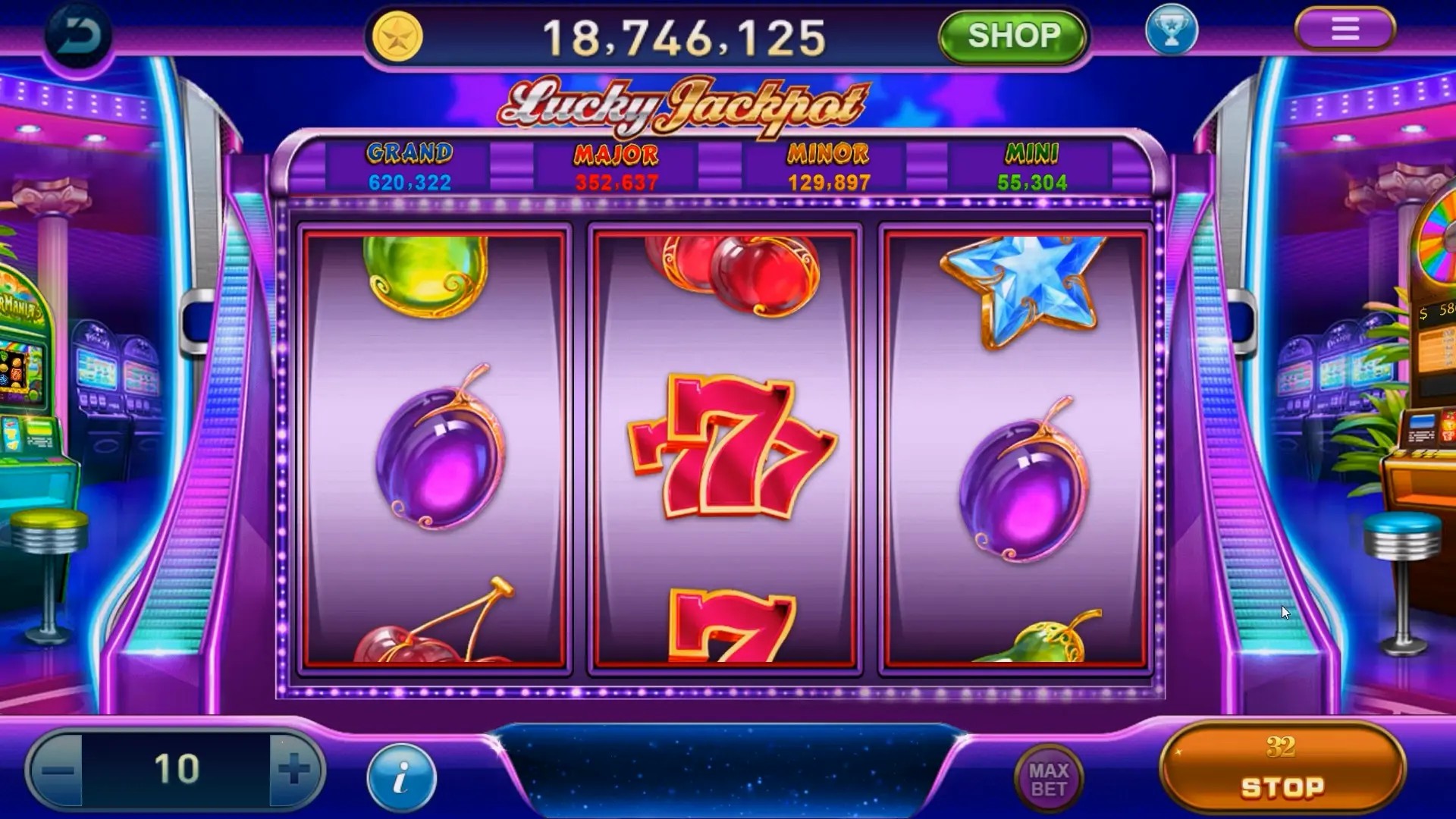Why Idle Games Are the Next Big Thing in Simulation Games: Exploring Their Rise and Appeal
In the rapidly evolving landscape of simulation games, one genre is rapidly emerging from the shadows of traditional gaming: idle games. Also known as incremental or clicker games, these titles entice players with their unique mechanics and relaxing, often addictive gameplay. But what exactly is it about idle games that has captivated a growing audience? This article explores the rise of idle games and their undeniable appeal, particularly in regions like Kazakhstan.
The Concept of Idle Games
At their core, idle games allow players to progress even when they are not actively playing. This passive progression is often driven by simple mechanics; players typically need to click on a few items to earn in-game currencies, upgrade their resources, or unlock new features. The game's challenge lies in the choices the player makes regarding upgrades and resource management.
Why Are Idle Games So Popular?
There are several reasons behind the surging popularity of idle games:
- Accessibility: Idle games often require minimal effort, making them easy for newcomers to pick up.
- Low Commitment: Players can engage at their own pace, revisiting the game whenever they have a few moments to spare.
- Engaging Reward Systems: These games often use positive reinforcement to keep players engaged, with rewards for both active play and passive progression.
- Community Interaction: Many idle games feature online leaderboards and community events, fostering a sense of competition and camaraderie.
Breaking Down the Appeal
To understand why idle games are thriving within the simulation category, let’s delve deeper into their appeal:
| Feature | Appeal |
|---|---|
| Non-Linear Gameplay | Players can pursue different paths, enhancing replayability. |
| Real-Time Progression | Gameplay continues even when the player is offline, enhancing the feeling of achievement. |
| Simple Mechanics | Easy to understand yet difficult to master, engrossing players over time. |
Idle Games in the Kazakh Market
In Kazakhstan, the appeal of idle games grows stronger due to several factors:
- Growing Mobile Accessibility: As smartphone usage increases, mobile-friendly idle games become more reachable.
- Local Interests: Many idle games incorporate local cultures or themes, making them more relatable to players.
- Community Support: Engaging with local gamers through social media and forums helps foster deeper connections.
Challenges Facing Idle Games
Despite their popularity, idle games do face challenges:
- Monetization Issues: Some titles rely heavily on microtransactions, which can alienate some players.
- Repetitive Gameplay: The simplicity that draws players in can also lead to boredom over time.
- Market Saturation: The rise in popularity has led to a sea of similar titles, making it harder for new entries to stand out.
Future of Idle Games
As idle games continue to evolve, their future seems bright. Developers are innovating by incorporating rich storytelling, improved graphics, and collaborative features that enhance the gaming experience. For instance, combining elements from popular games, like Overwatch, to weave competitive play into the idle structure may attract new players.
Conclusion
To summarize, idle games represent a compelling evolution within the world of simulation gaming. Their unique lure lies in their accessibility and the intrinsic rewards they offer. As technology advances and player preferences shift, idle games are likely to keep their place at the forefront of the gaming industry. For anyone curious about the hobby, exploring these games is worth it, especially in markets like Kazakhstan where local flavors can add depth to their enjoyment. The future of gaming might be idle, and it looks promising.



